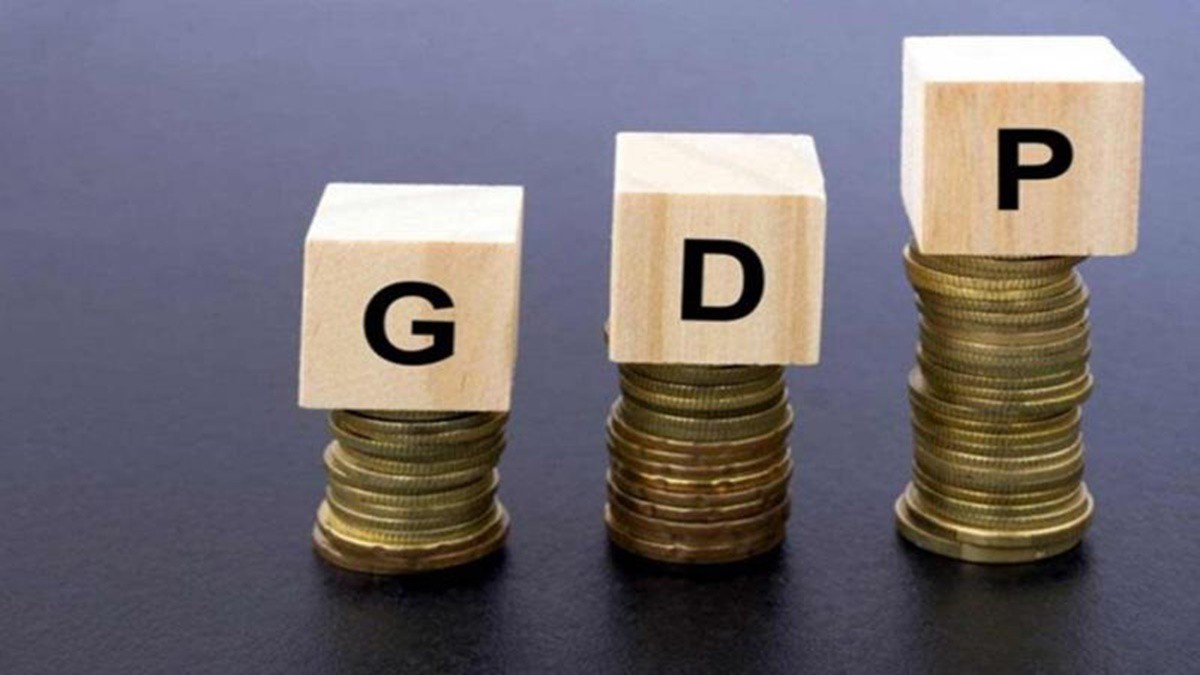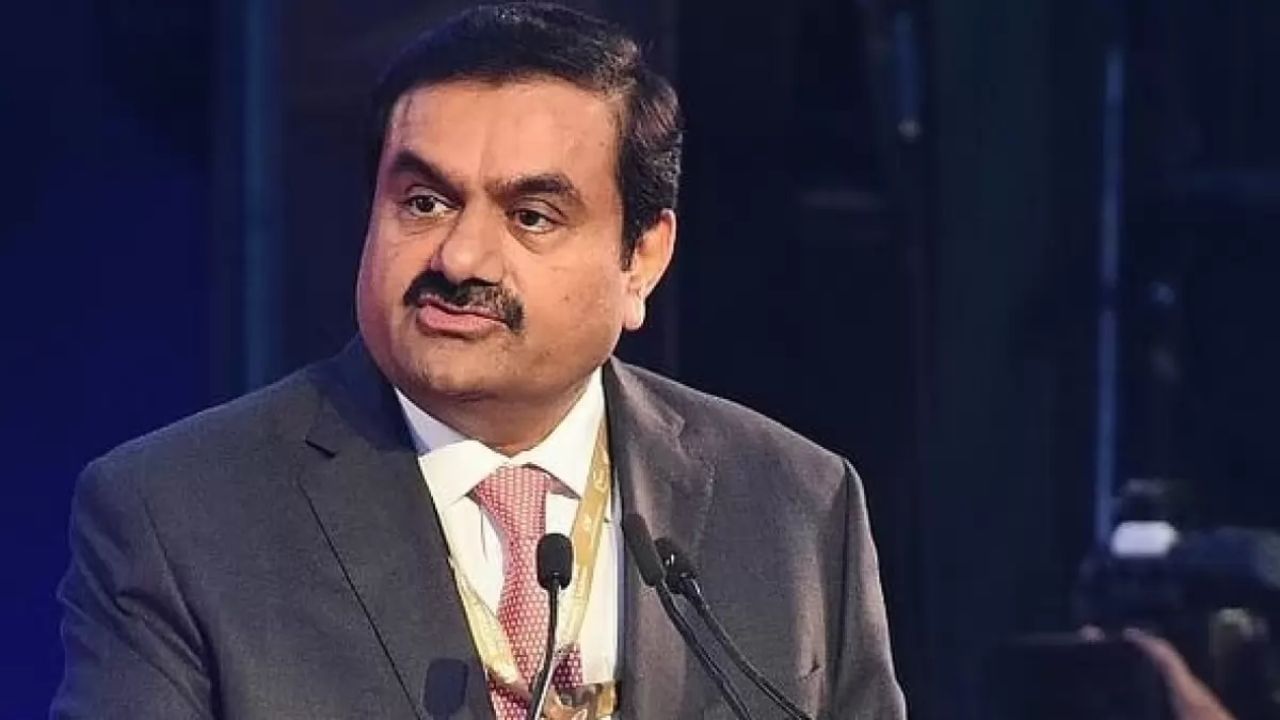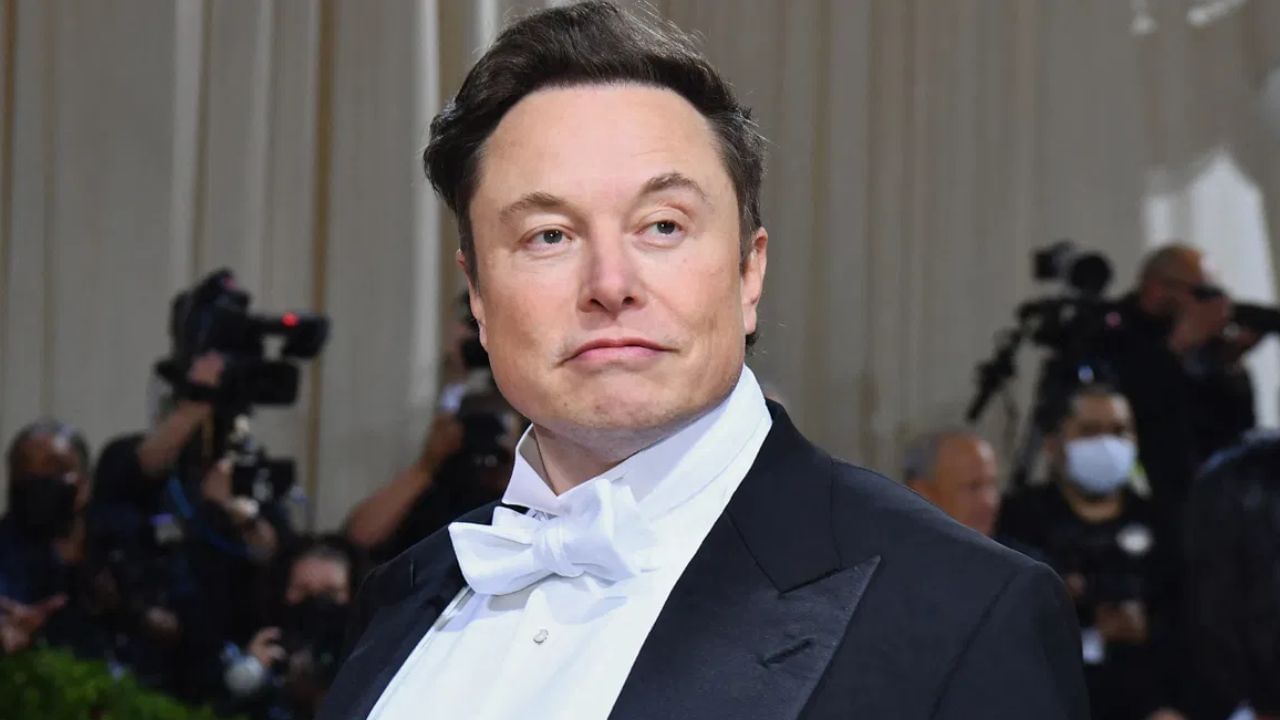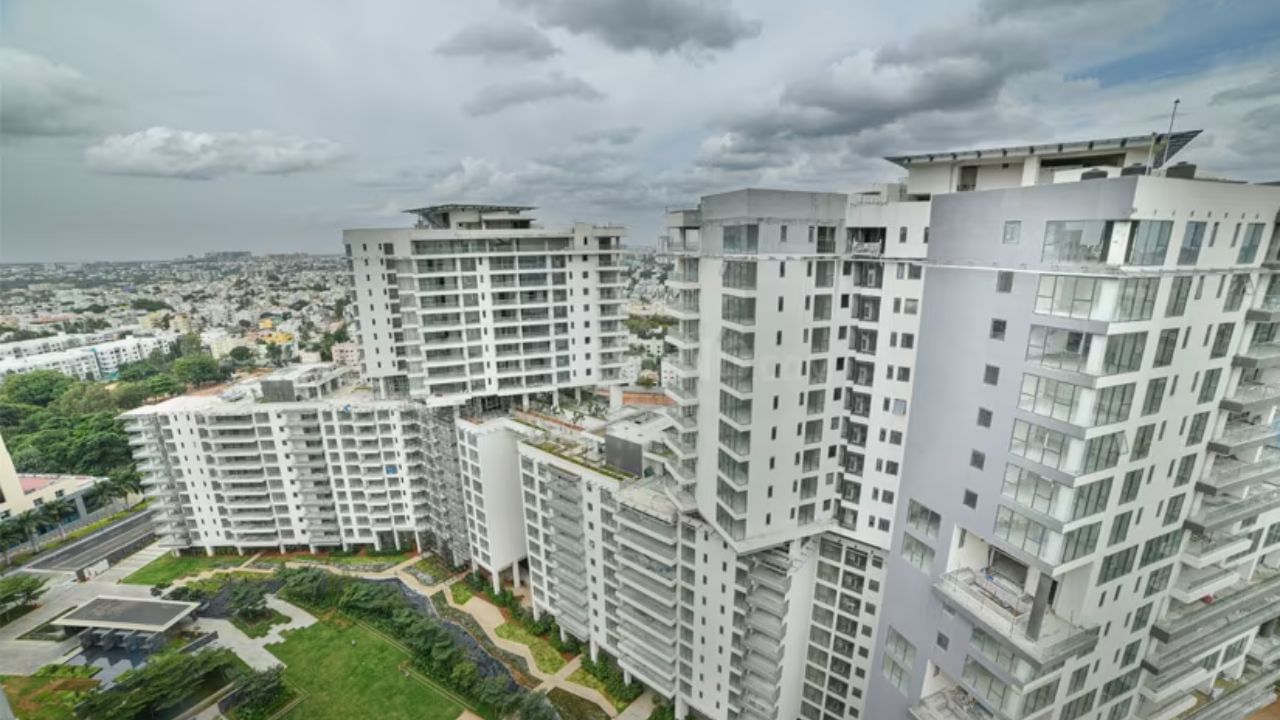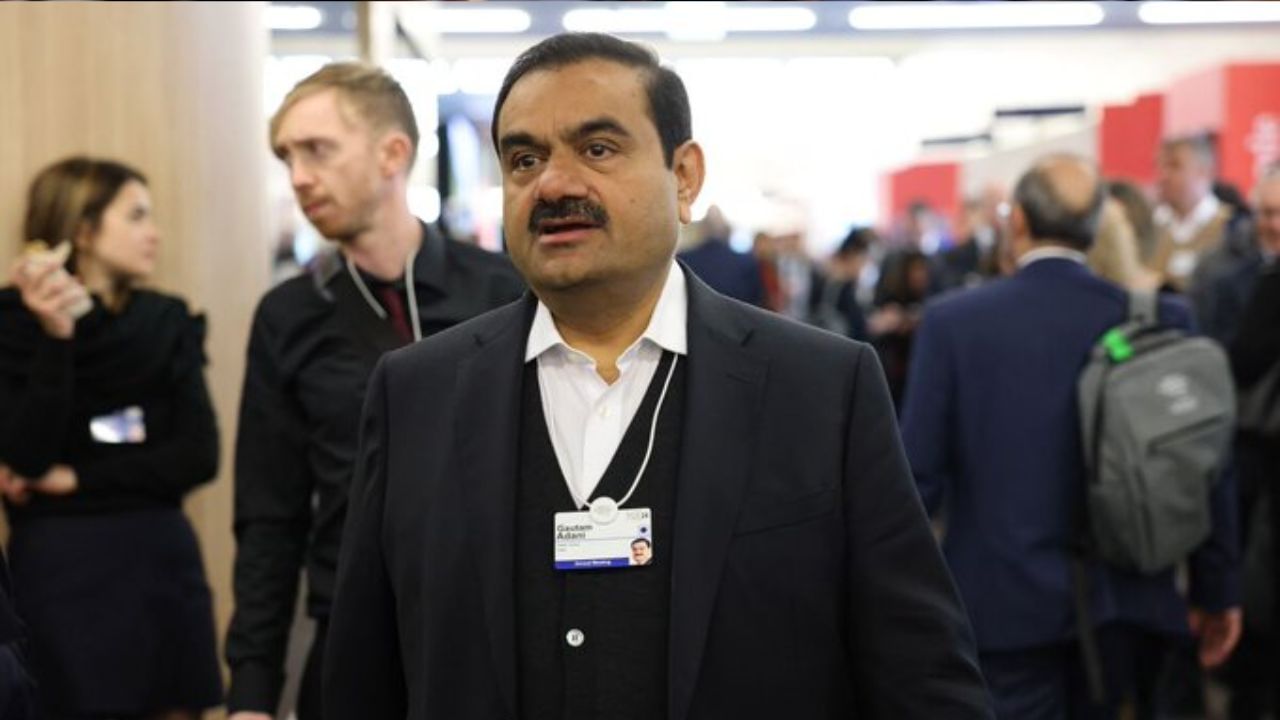India’s GDP growth is expected to decline to 6.5% in the second quarter of FY25 from 6.7% in the first quarter, due to a slowdown in high-frequency indicators, State Bank of India (SBI) economists said in a report.
The SBI’s estimate is 50 basis points (bps) lower than the RBI’s projection of 7% for the quarter. Also, for the full year, SBI has estimated growth at 7%, 20 bps lower than the RBI’s forecast.
“We track 50 leading indicators in consumption and demand, agri, industry, service and other indicators which indicate a dip in Q2FY25,” the report said.
The percentage of indicators showing acceleration declined to 69% in Q2FY25 as against 80 % in Q2FY24 and 78% in Q1FY25. “Though we believe this is a temporary impasse only and the narrative might change completely in Q3FY25 onwards,” the report said.
In Q2, domestic passenger vehicle sales, an indicator of urban demand, as well as other indicators of consumption – diesel, electricity and bitumen – have eased. Transport and communication indicators, namely passenger and freight traffic at airports and toll collections, are showing traction.
Additionally, the majority of the states’ capex as % of BE is lower in H1FY25, while revenue expenditure is taking precedence. “The capex of the central government should gain traction in H2, recovering from the slack imposed by general elections,” the report said.
On the other hand, the report highlighted, the recent buoyancy in rural demand, juxtaposed against the somewhat declining urban demand, with 85% of rural indicators showing acceleration as against 73% of urban indicators (Sept’24) could be indicative of shifting contours of urban demographics, marked preferences to q-commerce (quick commerce; which is not being mapped properly) outweighing consumption decisions to some extents.
Further, the much-needed regulatory tightening on unsecured lending and roadblocks hindering roll over / refinancing of debt through unsecured credit is “punctuating the unwarranted exuberance built up post pandemic, more in urban ecosystem,” it said.
The report noted that in all months of H1FY25, rural consumer sentiment is more than 100 and gradually converging to that of urban consumer sentiment. “Higher consumer sentiment in rural areas has positive implications – as it will lead to higher consumer spending, thus supporting rural markets, job creation and income generation,” the report said.

